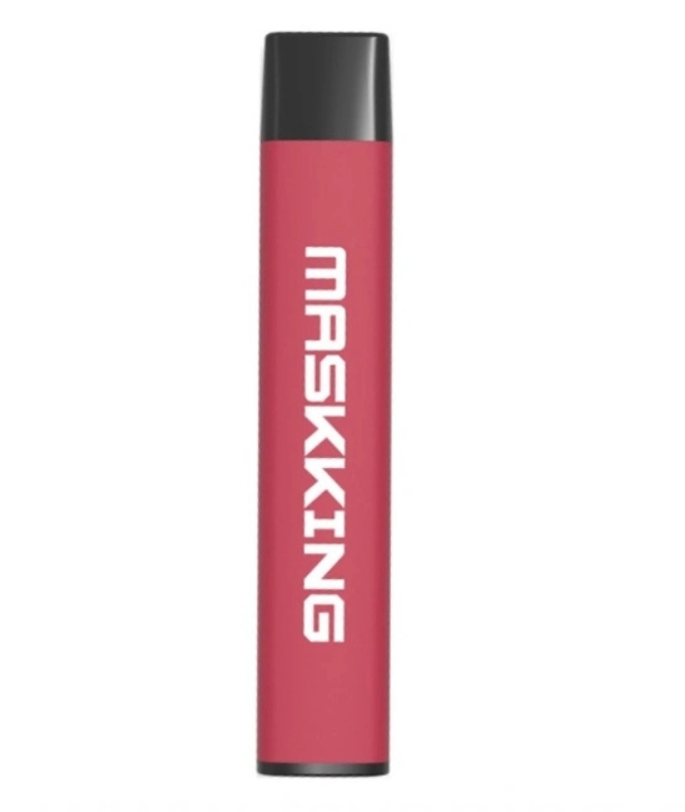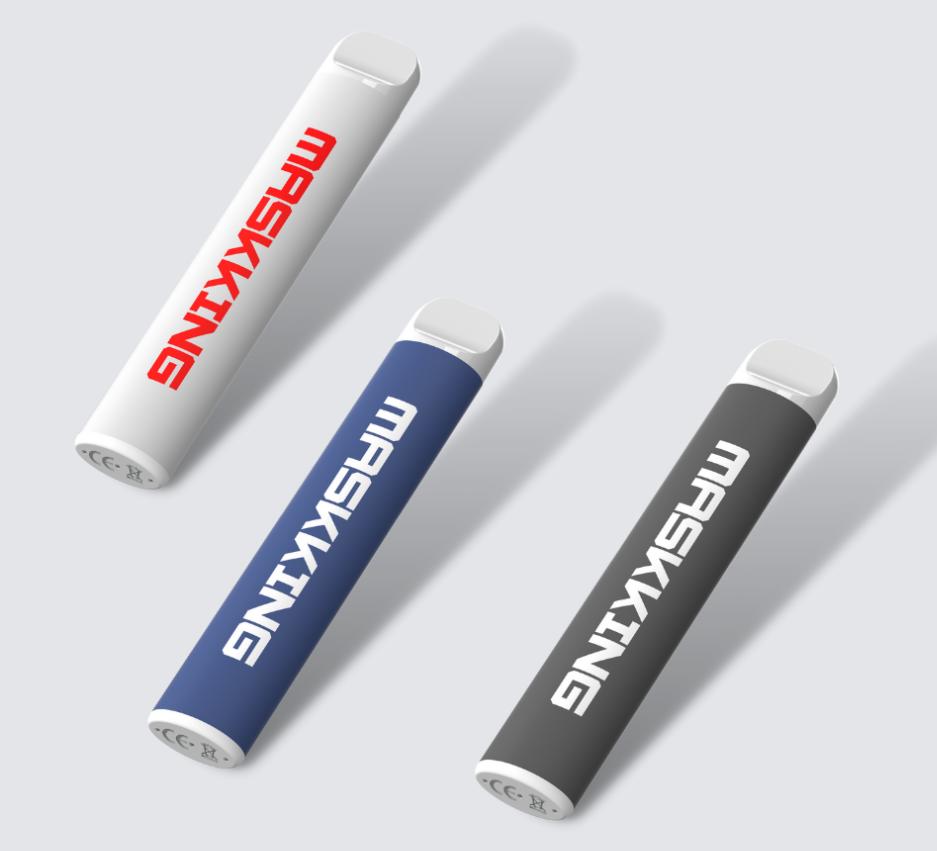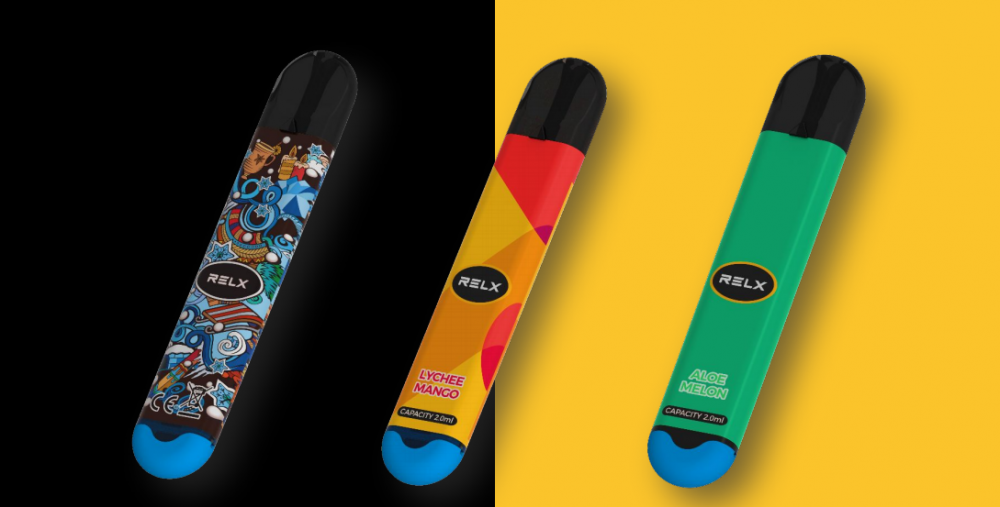Energy has a particularly important strategic position in the national economy. In the context of China's society focusing on energy conservation and emission reduction, LED lamps are widely used in daily lighting for their energy-saving features. However, there is currently no national performance standard for evaluating the key parameters such as power and luminous flux, which leads to a mixed market, which causes great trouble for consumers when purchasing energy-saving products. Various local groups are also drafting LED lighting product standards. However, there are no systematic LED lighting performance requirements at home and abroad. The key technical parameters of LED lighting products, such as power, luminous flux and lighting efficiency, are also varied. This paper mainly analyzes the current quality of LED lamp downlights, such as power, luminous flux and lamp performance, through the measurement data of 276 LED downlights. At the same time, it compares the international and domestic popular evaluation methods. Find reasonable judgment principles and provide strong technical support for the development of performance standards.
First, the current quality analysis of LED downlights
At present, manufacturers generally mark power and luminous flux in the marking of the luminaire, and the luminaire performance index has not been marked in the mark. This article focuses on power, luminous flux and luminaire performance indicators to clarify the quality of LED luminaire products on the market.
In this paper, 46 batches of 276 LED downlights were selected as the analysis samples, and the power covered 3.3W to 35W; the diameter ranged from 3cm to 19cm. The technical parameters of the power, luminous flux, and luminaire performance of the 276 downlights were measured.
Power
Power is an important parameter to evaluate the energy consumption of the product. The actual power consumption of the lamp will deviate from the rated power. The deviation describes the consistency between the measured power and the nominal power. The consistency is used as an evaluation index to evaluate the product quality. . We estimate the deviation between the measured power and the rated power by calculating the percentage of the measured power and the rated power, as shown in Equation 1:
Ηp=measured power/nominal power*100% (1)
In order to visually understand the distribution of the entire sample, 276 luminaire data is visually represented by a scatter plot, as shown in Figure 1.

Figure 1 Measured percentage of measured power and nominal power consistency percentage
As can be seen from Figure 1, most of the data is distributed in the interval of 90% to 120%. Qualification analysis is performed according to the actual power and rated power percentage limits, as shown in Table 1.

Table 1 Qualification table of measured power and nominal power consistency at different limits
It can be seen from Table 1 that the measured power of 58.7% of the lamps is greater than the rated power claimed by the manufacturer in the mark, indicating that there are still low power standards and misleading consumers on the market.
2. Luminous flux
Luminous flux is an important indicator for evaluating the performance of LED downlights. The higher the rated luminous flux, the higher the luminous flux can be obtained at the same power. In order to sell products better, some manufacturers will raise the rated luminous flux and mislead consumers.
We evaluate the deviation of the actually measured luminous flux from the nominal luminous flux by calculating the percentage of the actual measured luminous flux versus the nominal luminous flux, as shown in Equation 2:
Ηl=measured luminous flux/rated luminous flux*100% (2)
In order to visually understand the distribution of the entire sample, Figure 2 gives a scatter plot of the measured luminous flux and the rated luminous flux.

Figure 2 Scatter plot of the ratio of measured luminous flux to nominal luminous flux
It can be seen from Fig. 2 that the data occupies a range from 40% to 140%, which is relatively scattered, indicating that the actual measured luminous flux has a large deviation from the rated luminous flux.
Further, the eligibility analysis is carried out according to the measured percentage of the luminous flux and the rated luminous flux, as shown in Table 2.

Table 2: Qualification rate of initial luminous flux at different limits
As can be seen in more detail in Table 2, the measured initial luminous flux is less than the nominal nominal luminous flux given by the manufacturer in the mark, accounting for 57.97%, indicating that the actual measured luminous flux of the LED downlight is mostly smaller than the nominal. The rated luminous flux, the current LED downlight on the market has a high standard rated luminous flux phenomenon, which will cause misleading to consumers, causing market confusion.
3. Lighting performance
The first two paragraphs of the article introduce the current status of LED downlight power and luminous flux. There are phenomena of low power and high luminous flux. Such a nominal is to obtain higher luminaire performance. So, what is the performance of the actual LED downlight?
We calculate the actual luminaire performance by dividing the measured luminous flux by the measured power, as shown in Equation 3:
η=measured luminous flux/measured power (lm/w) (3)
In order to be more visual and intuitive, Figure 4 shows the scatter plot of the measured luminaire performance of the 276 downlights selected this time.

Figure 4 scatter plot of the measured luminaire performance
As can be seen from Fig. 4, most of the actual measured luminaire performance data are concentrated in the interval of 30 to 80, and there are few tens of more than 80.
The luminaire performance is an energy-saving evaluation parameter. The luminaire performance limit is specified in the energy efficiency standard of the lighting product. Table 3 shows the percentage of qualified products under different luminaire performance limits.

Table 3 The pass rate of the measured luminaire performance at different limits
According to the requirements of the luminaire performance greater than 60, the pass rate is only 55.43%. Nearly half of the LED downlight luminaires do not meet the requirements. The luminaire performance is less than 75, which is only 5.07%, and the luminaires with less than 50 luminaires. The total number is 30.8%. If the requirements of 80% of the products are qualified, the limit value of the luminaire performance can only be set at 40 lm/W, which is obviously inconsistent with the energy-saving and high-efficiency characteristics of the LED lighting products. The actual measurement performance of the LED downlights is not available to the manufacturer. As high as the publicity, the current LED downlights are still mixed, and the manufacturing technology needs to be improved. Of course, in daily lighting, parameters such as color and color rendering are parameters that users should pay attention to. We cannot ignore the comfort of lighting because of blind pursuit of high lamp performance.
Here you can find most disposable e-cigarettes with small number of puffs. There include 300 puffs, 400 puffs, 500 puffs and 600 puffs. They are small, portable and easy to carry,keep your vaping simple.We also call them Mini e-cigarettes or Mini Disposable Vape. In addition to the basic functions, some products also can luminescence . You can choose according to your own needs.
Popular products:
Puff Bar 400 Puffs Maskking PT Disposable Vape
Disposable Vape Pod Capacity: 2ml
Nic 5%
Battery Capacity: 370mAh
Hot Flavors BLUEBERRY ICE


Depending on which disposable vape you pick, Each disposable vapes will last between 500 to 600 puffs. For average vapers, one Disposable Pod will last them for three to four days.

Vape 600 Puffs,Pan Style E Cigarette,Health E Cigarette,mini vape
TSVAPE Wholesale/OEM/ODM , https://www.tsecigarette.com